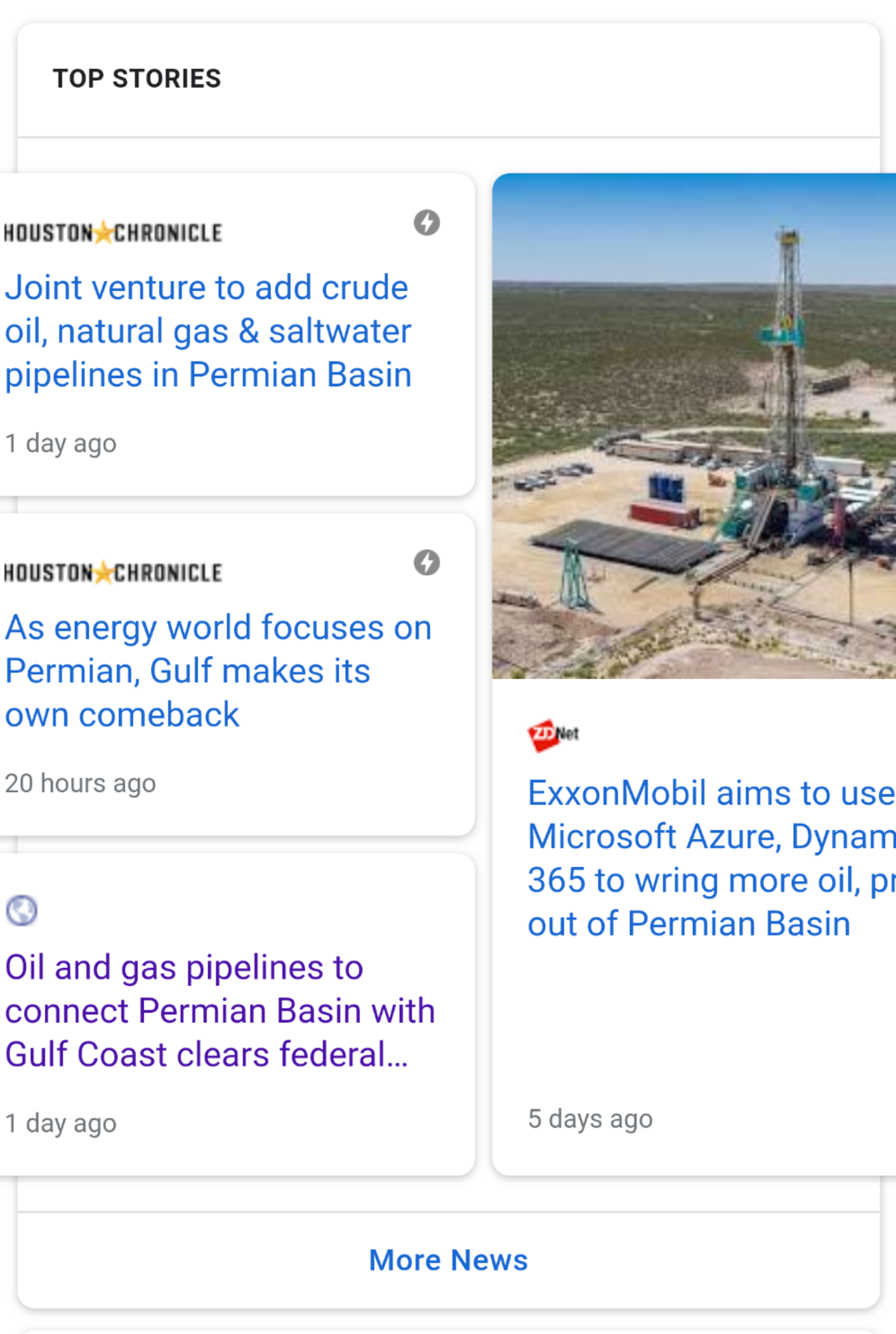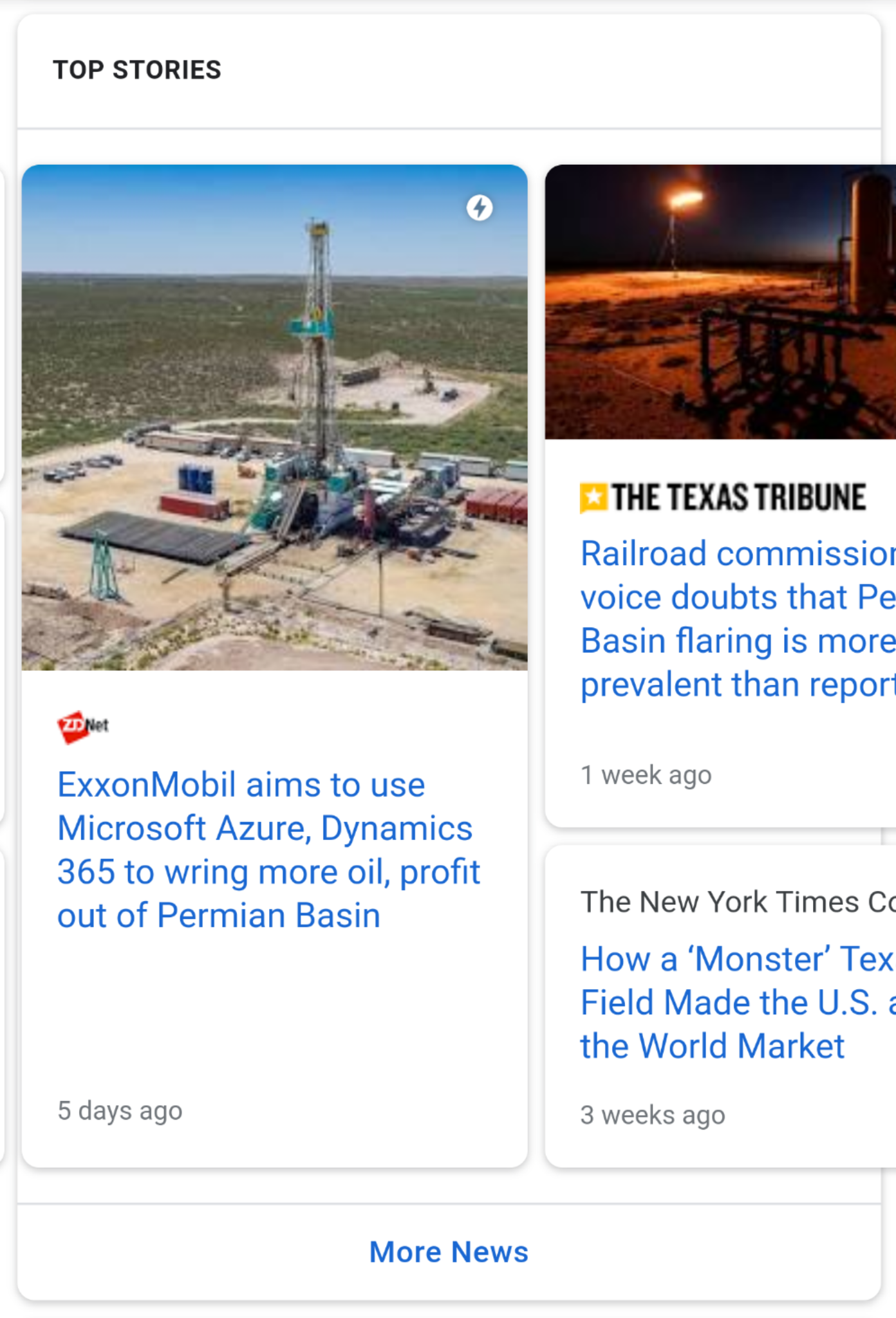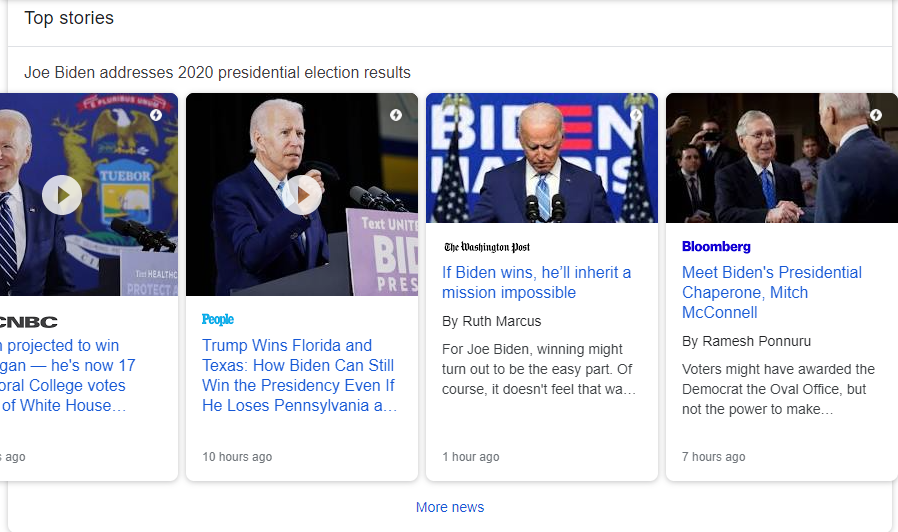
Last updated: July 25, 2023.
This article contains examples of how publishers can make use of Top Stories.
Top Stories is a SERP feature that usually is prominently displayed in search results and can direct a lot of traffic to sites.
The Top Stories carousel was introduced on mobile along with Accelerated Mobile Pages in February 2016.
Initially, even small affiliate publishers could get frequent placement in Top Stories carousels. Quickly Top Stories boxes became overwhelmingly populated with articles from news or commentary sites.
Over the past couple of years a broader range of sites are found in top stories.
AMP and certain structured data markup was originally required for inclusion in Top Stories boxes. The AMP requirement was removed with the implementation of Core Web Vitals in March 2021 (some exceptions had been made in 2020 for articles or announcements related to the public health situation that emerged that year).
There are at least two different kinds of Top Stories carousels. One is typically used for breaking news of some importance, and the other is a more general purpose carousel. The breaking news carousel is taller and has a flexible layout that can accomodate a large thumbnail image or a byline, as shown in this example.
This Top Stories tile is an example of how Google can enhance the tile, in this case by providing a stab at what Google calls "context." More about that later in this article. 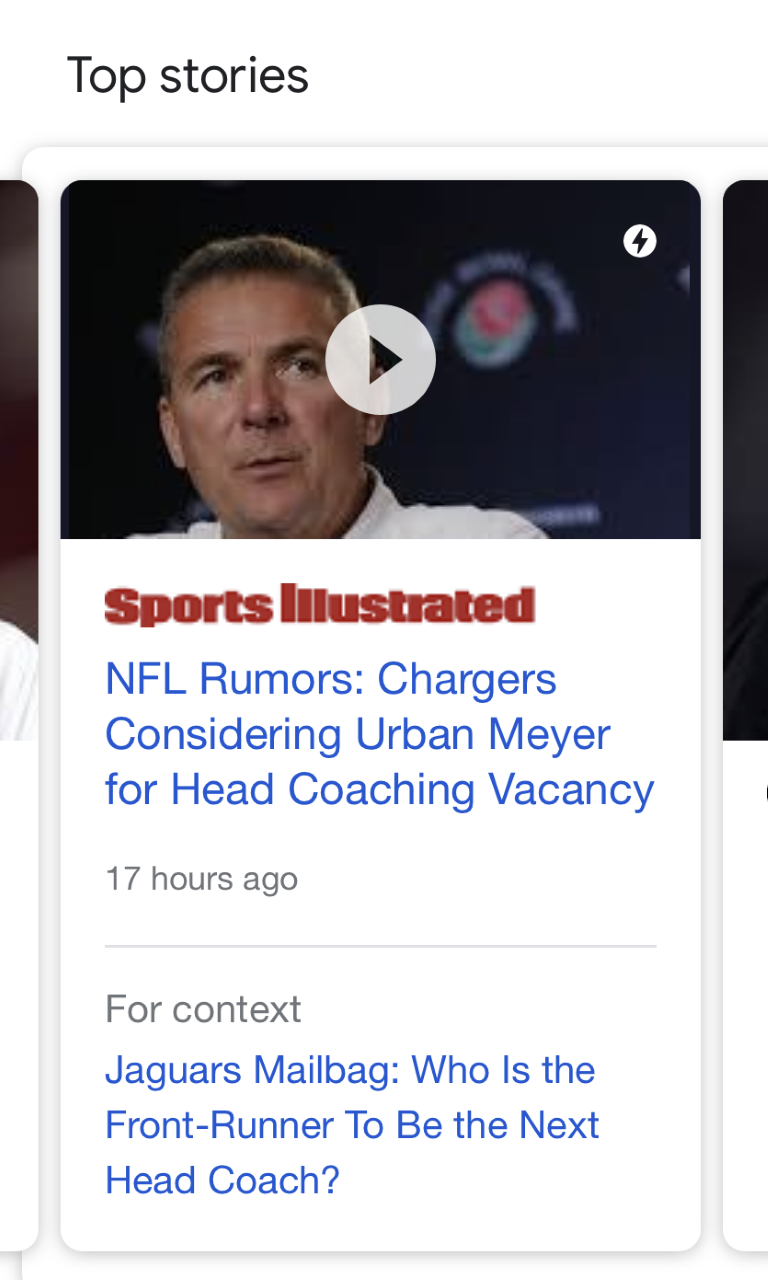
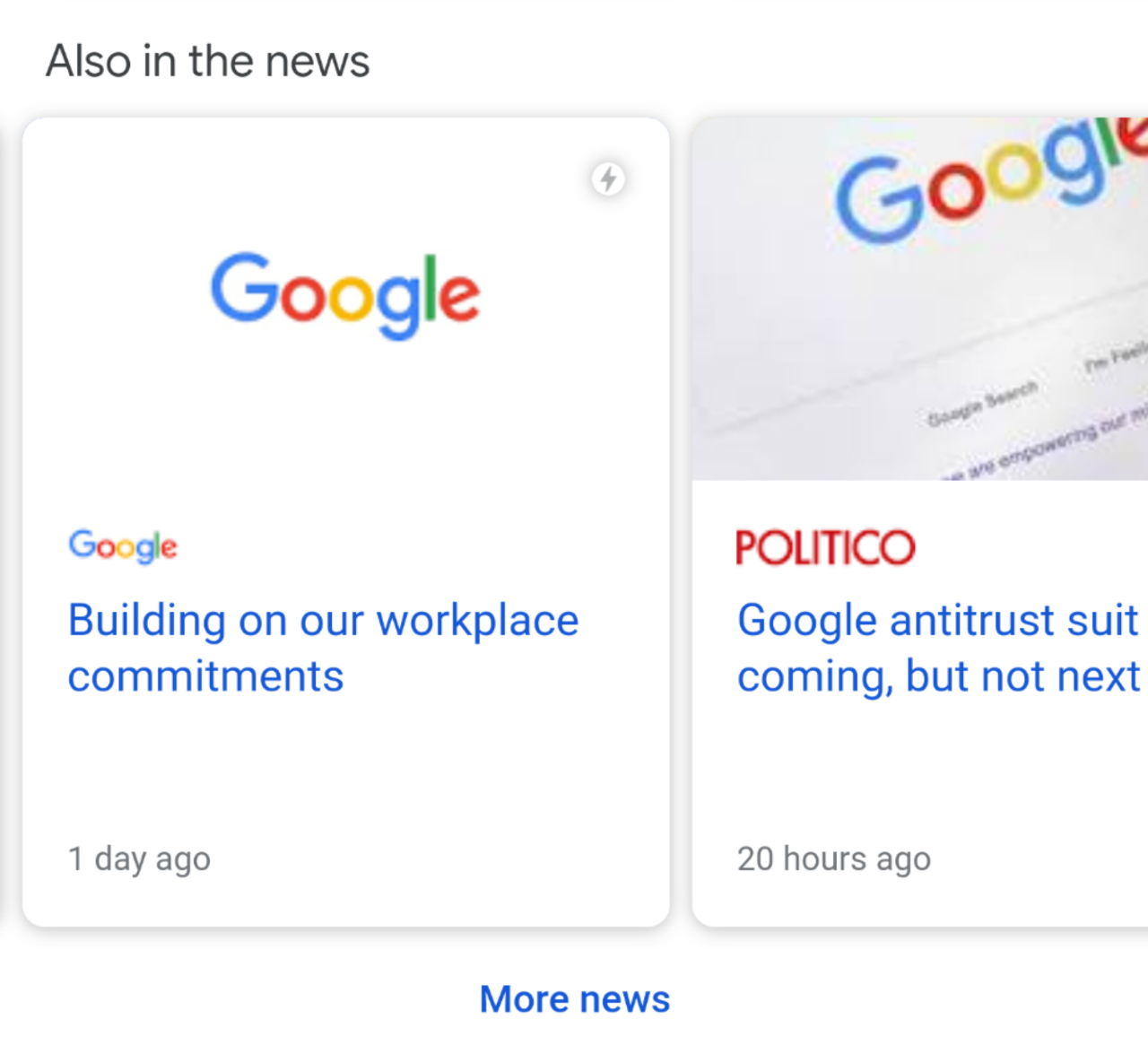
If you are an organization of some size, for some example a publicly traded company, an influential non-profit or a trade interest organization, you may want to consider trying to position yourself to have your posts or articles show up in Top Stories for queries relevant to your organization. The screengrab above shows how Google is showing up in a Top Stories carousel for the query [google]. Who can better or more objectively write about an organization, its goals and activities than the organization itself?
Below is an example of how WPP scores a self-promoting tile in a top stories carousel about Stripe.
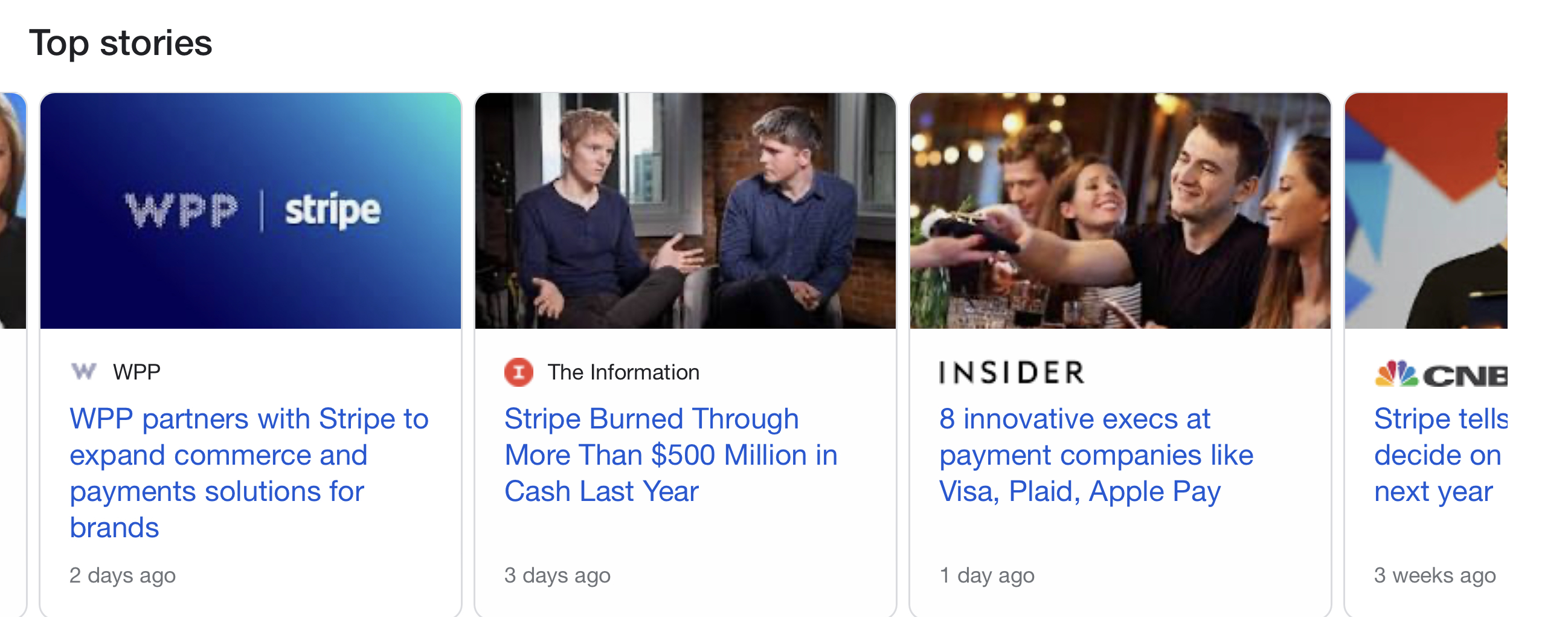
One way to floood a Top Stories carousel is to publish multiple identical articles and relatively quickly redirect them to a consolidating URL. CBS Sports used this technique to great effect in 2018, especially during the 2018 FIFA World Cup. Here's a more recent example where Sun scores three tiles in the same Top Stories carousel using three different articles, two of which redirect to the third.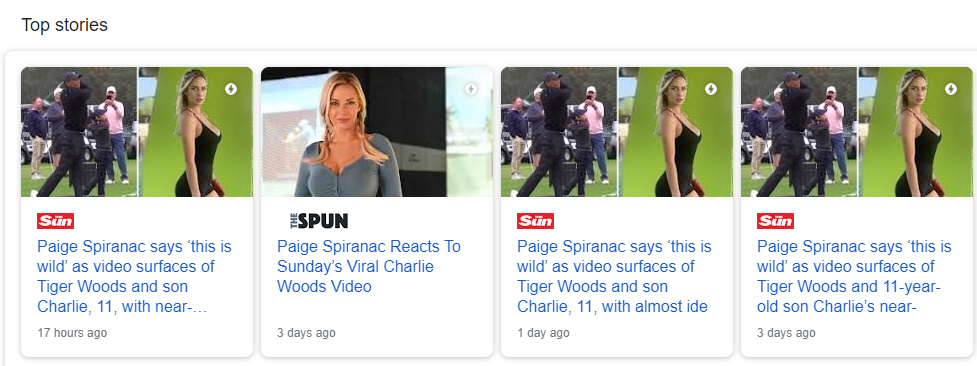
Here's another example of The Sun publishing multiple articles that redirect to a destination URL. I think the most recent article is the one that the older articles redirect to once it's been published.
Here are screengrabs of a desktop Top Stories presentation (the most recent one) and a screengrab of a mobile Top Stories carousel with the older versions of the article. The screengrabs were taken the same minute and I was a bit surprised they didn't contain the same set of articles. The articles in the mobile tile redirect to the The Sun article shown in the desktop tile.
Desktop grab:
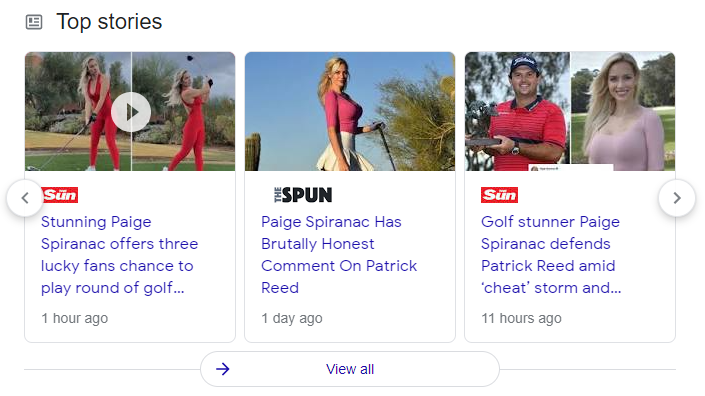
Mobile grab:
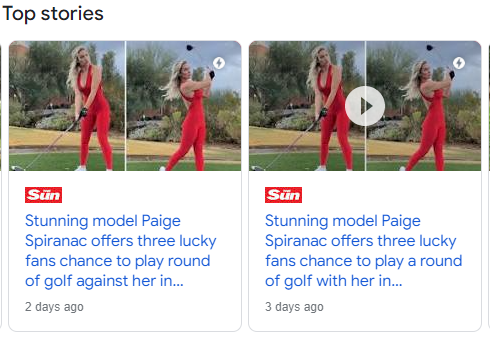
In this case it works like this at the time of writing:
| URL | Destination |
|---|---|
| https://www.thesun.co.uk/sport/13873776/paige-spiranac-instagram-competition-golf/amp/ | https://www.thesun.co.uk/sport/13873776/paige-spiranac-video-competition-golf/amp/ |
| https://www.thesun.co.uk/sport/13873776/paige-spiranac-model-instagram-competition-golf/amp/ | https://www.thesun.co.uk/sport/13873776/paige-spiranac-video-competition-golf/amp/ |
| https://www.thesun.co.uk/sport/13873776/paige-spiranac-video-competition-golf/ | https://www.thesun.co.uk/sport/13873776/paige-spiranac-video-competition-golf/ |
March 4 2023 note: This tactic seems to have become much less successful over the past two years. A few different things may have happened:
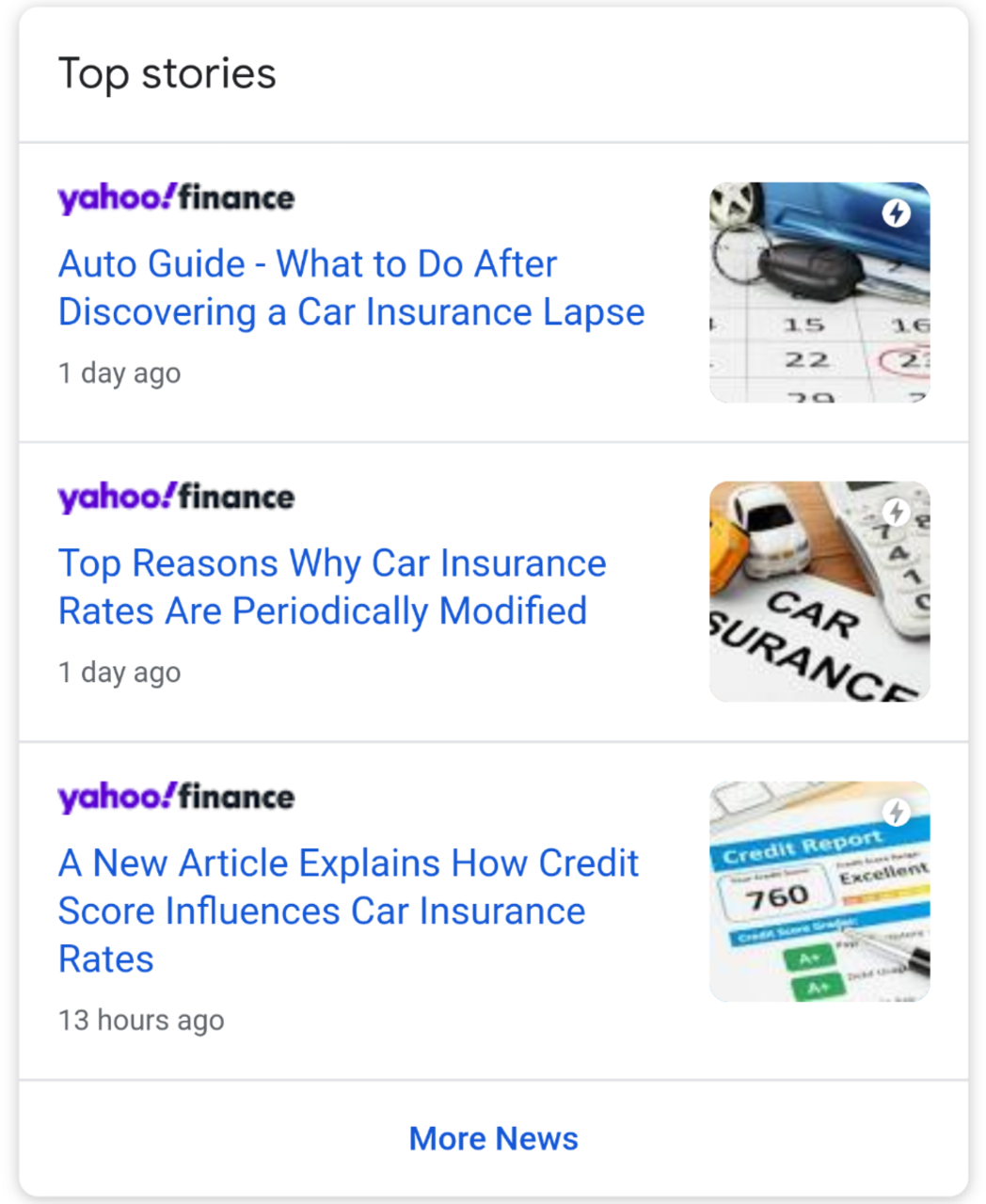
Just because you want your web site's articles to show up in Top Stories packs or carousels doesn't mean they will. It is particlularly difficult if your web site isn't regarded as important or trustworthy (Google uses the words Expertise, Authoritativeness and Trustworthiness to describe certain quality aspects). One way to get around that challenge is to publish press releases on web sites that are seen as important and trustworthy. The image above shows three press releases published on Yahoo that show up in a Top Stories pack for the highly competitive and lucrative query [car insurance].
Here's another example of a press releasing making it into Top Stories as it it were an actual news article. To further increase the confusion, the headline very strongly suggests that it is a news article, but clicking through to the landing page reveals that it isn't one.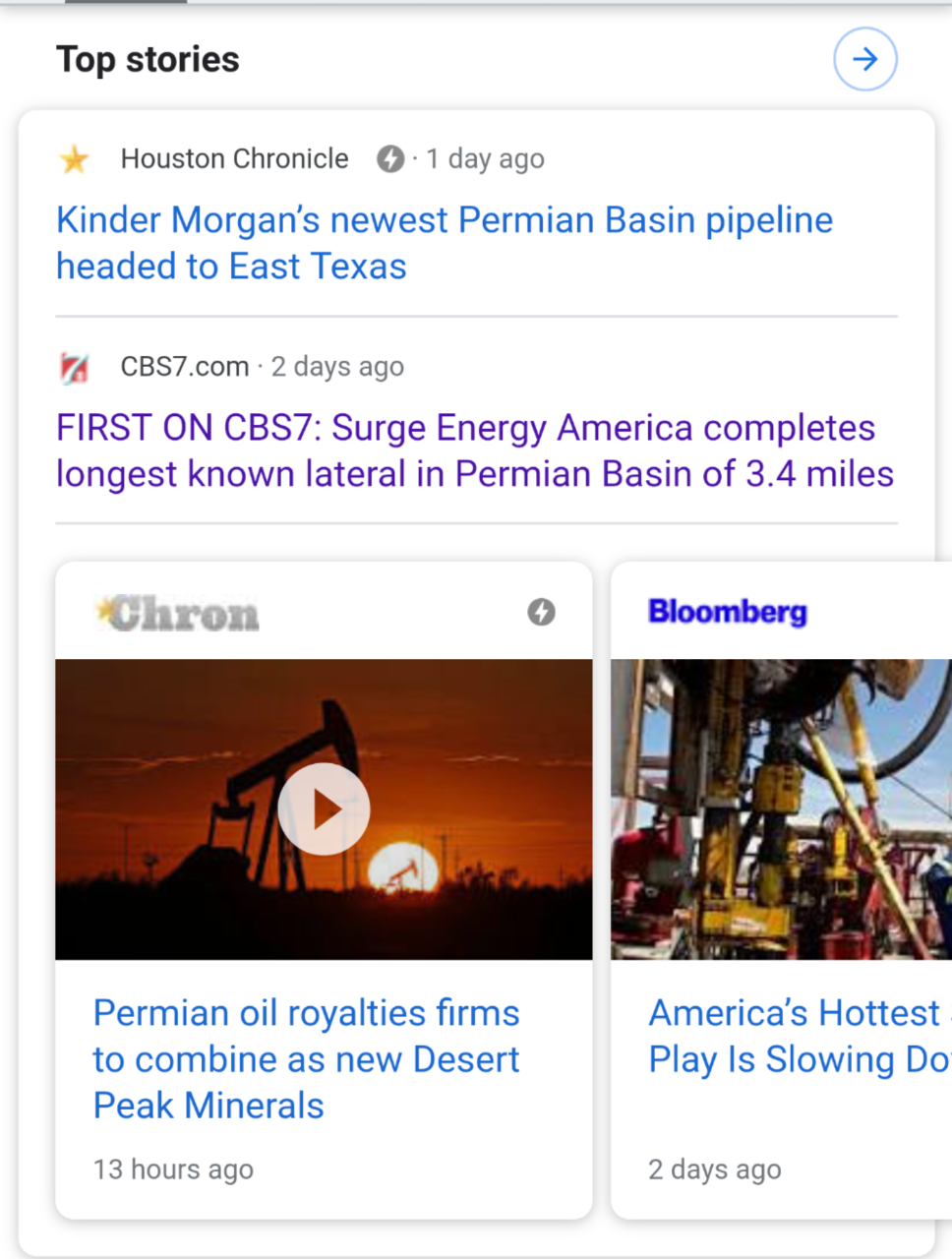
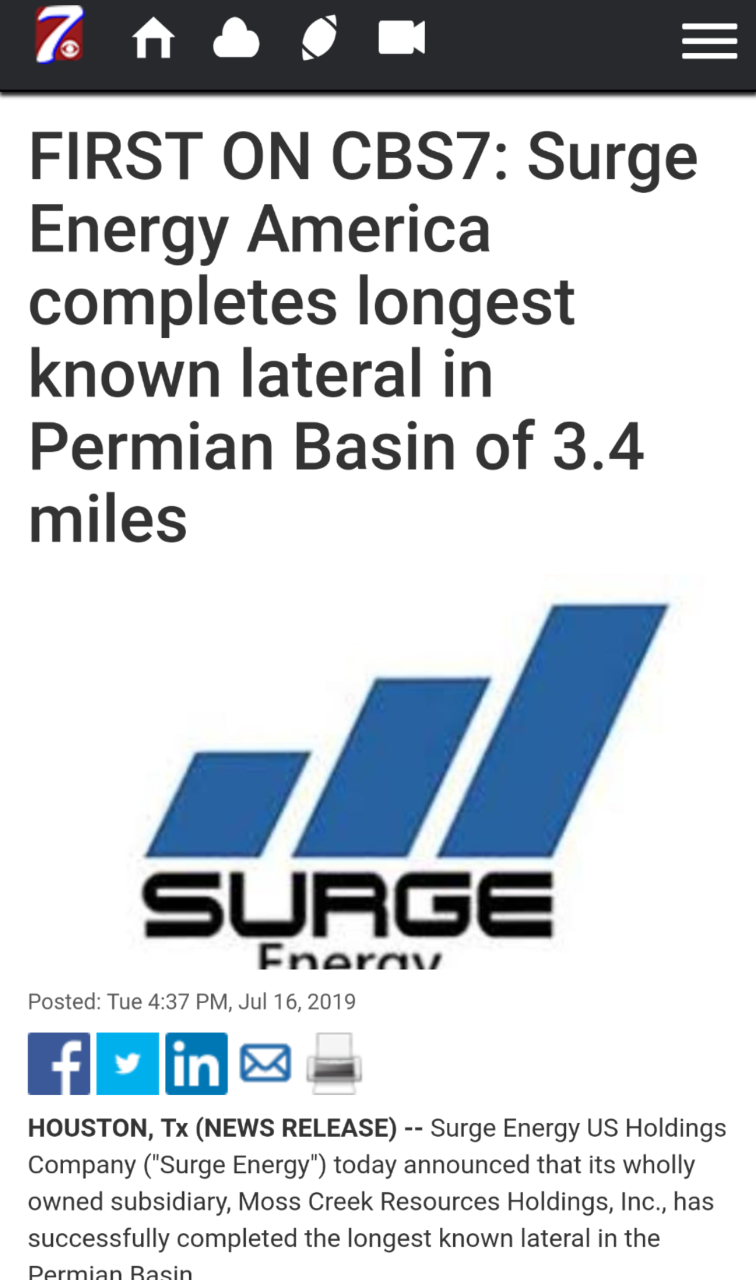
June 2022 update: I haven't seen this method show up in Top Stories for the past several months. It is possible Google added a mechanism to reduce its effectiveness, or told major abusers to knock it off.
Syndication is a tricky topic in the Google Search eco system. Some fear that syndication will lead to the original publisher of an article being pushed out by more important web sites that republish the article. That is not an unfounded fear, but syndication can bring substantial gains in distribution through Top Stories.
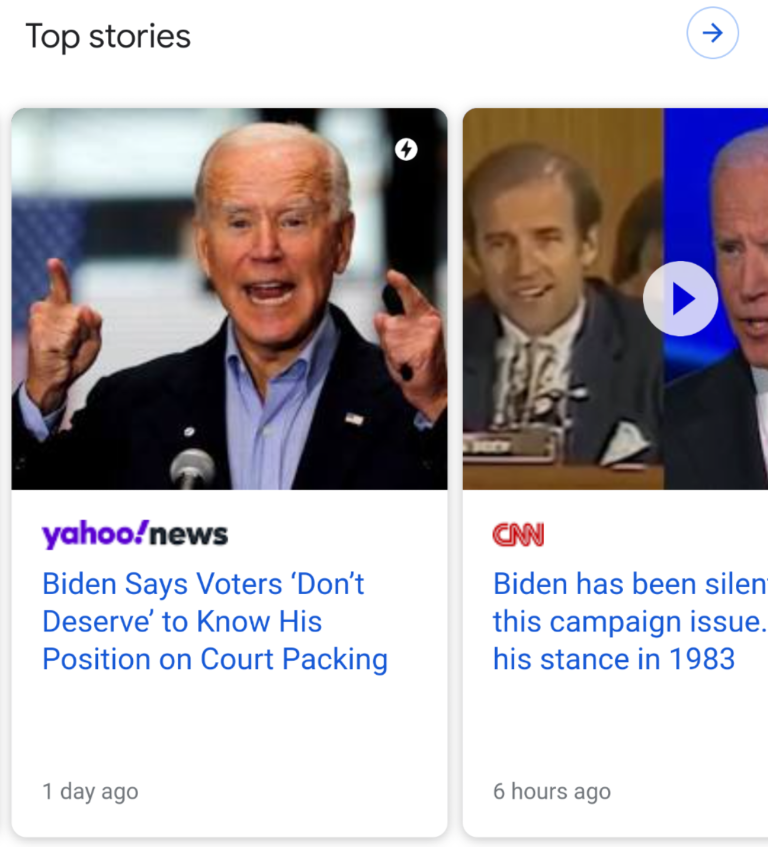
An advantage for lesser known publishers or publishers that may be viewed negatively by a substantial number of readers can use syndication to get a presentation that suggests a more authoritative or less divisive publisher. The example above shows an article from conservative news and opinion site National Review presentend as a generic news source on Yahoo. On the other hand, such publications obviously have readers who would be more likely to click on a branded tile than a generic one.
In this example we see one tile that is a syndicated Bloomberg article and one tile that is a press release distributed by Cision through Yahoo. 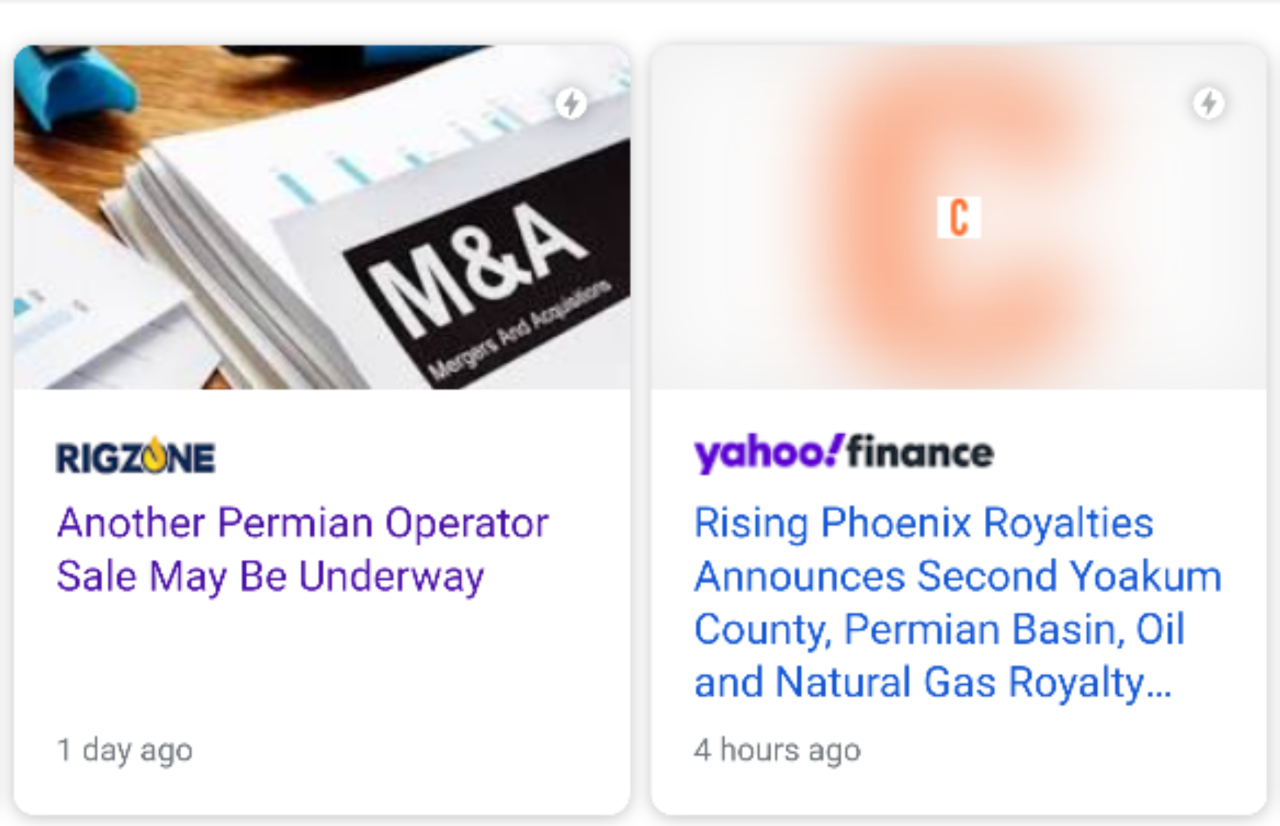
Another advantage one can gain from syndication is getting the same article placed more than once in a Top Stories block. In this Top Stories block we see two variations of the same article represented, one by the original publisher and one by Yahoo.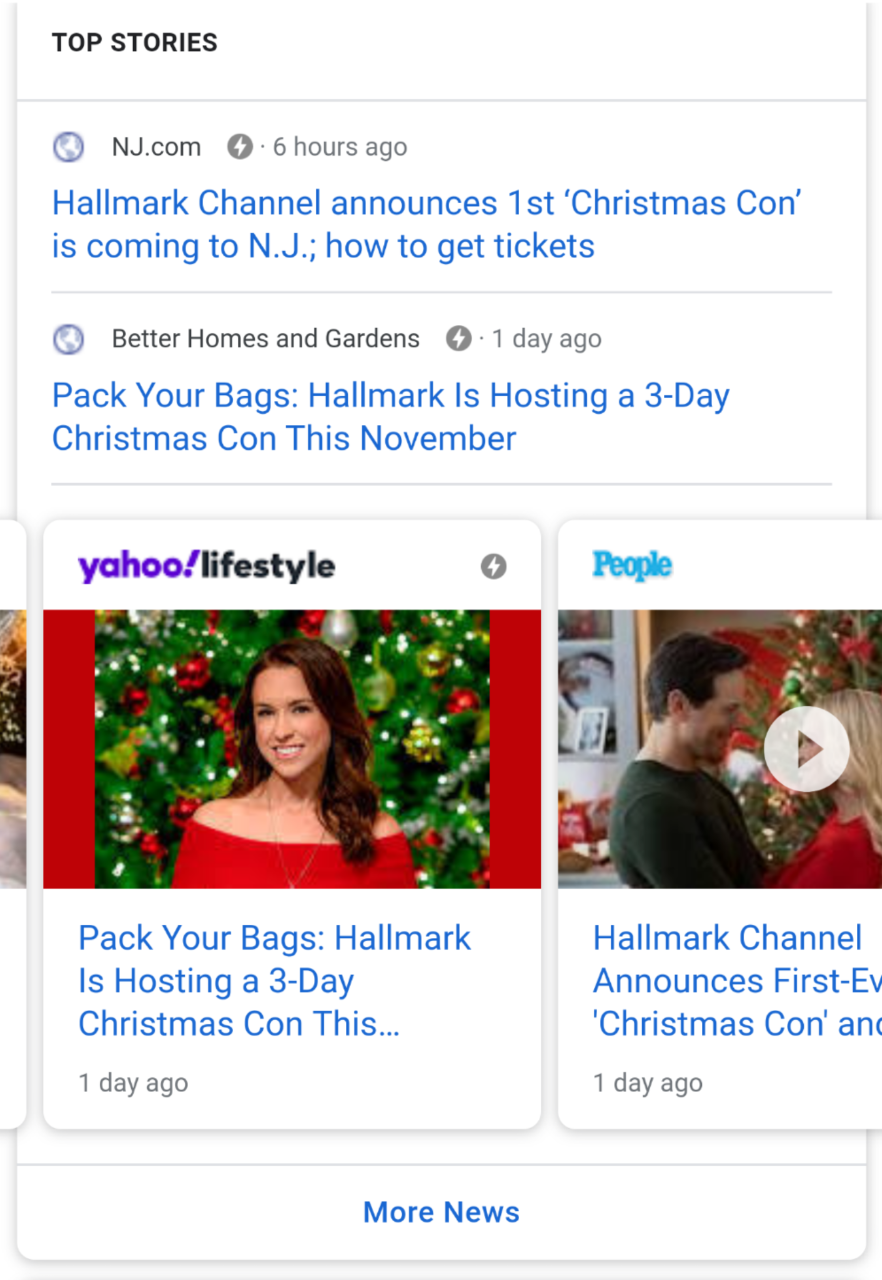
Another benefit of syndication is the potential to flood a Top Stories block. In the following screengrab we see three stories from Bloomberg plus two on Yahoo. Those two are actually Bloomberg articles. 
It is not all that unusual for a publisher to land several tiles in the same Top Stories carousel even without syndication, but syndication possibly makes it easier.
In this example an Associated Press article published on multiple sites shows up in a Top Stories carousel. There were even two different pages on Yahoo News, though not shown in this screengrab. 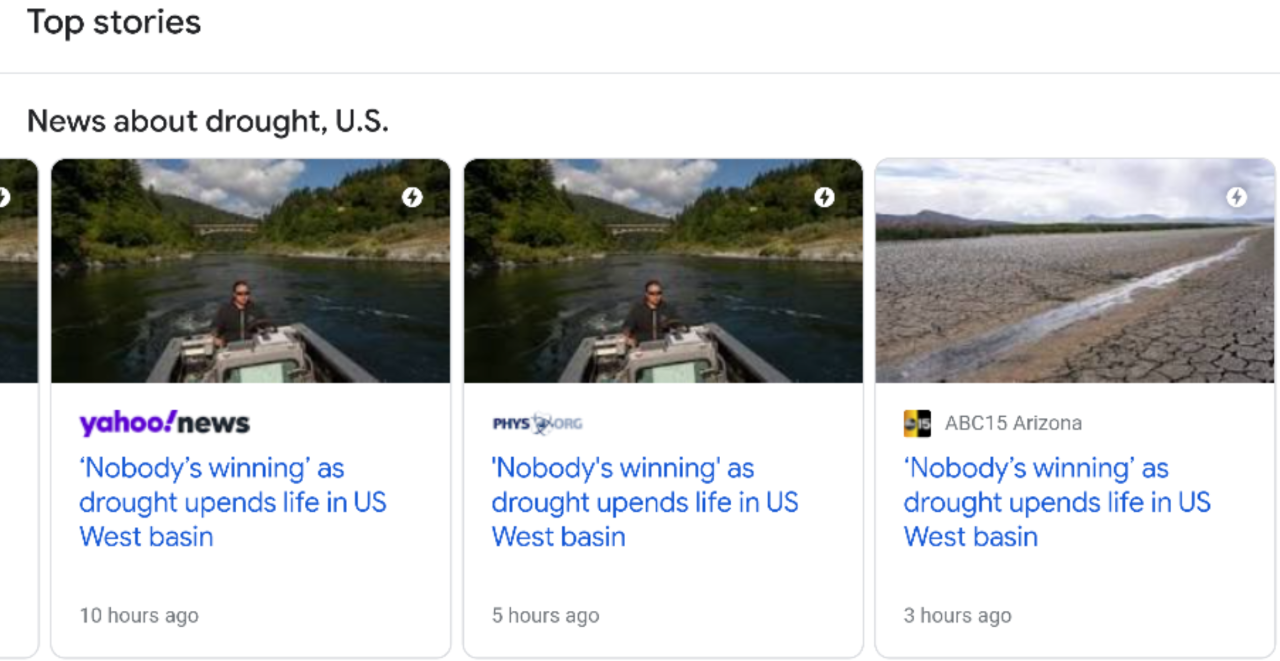
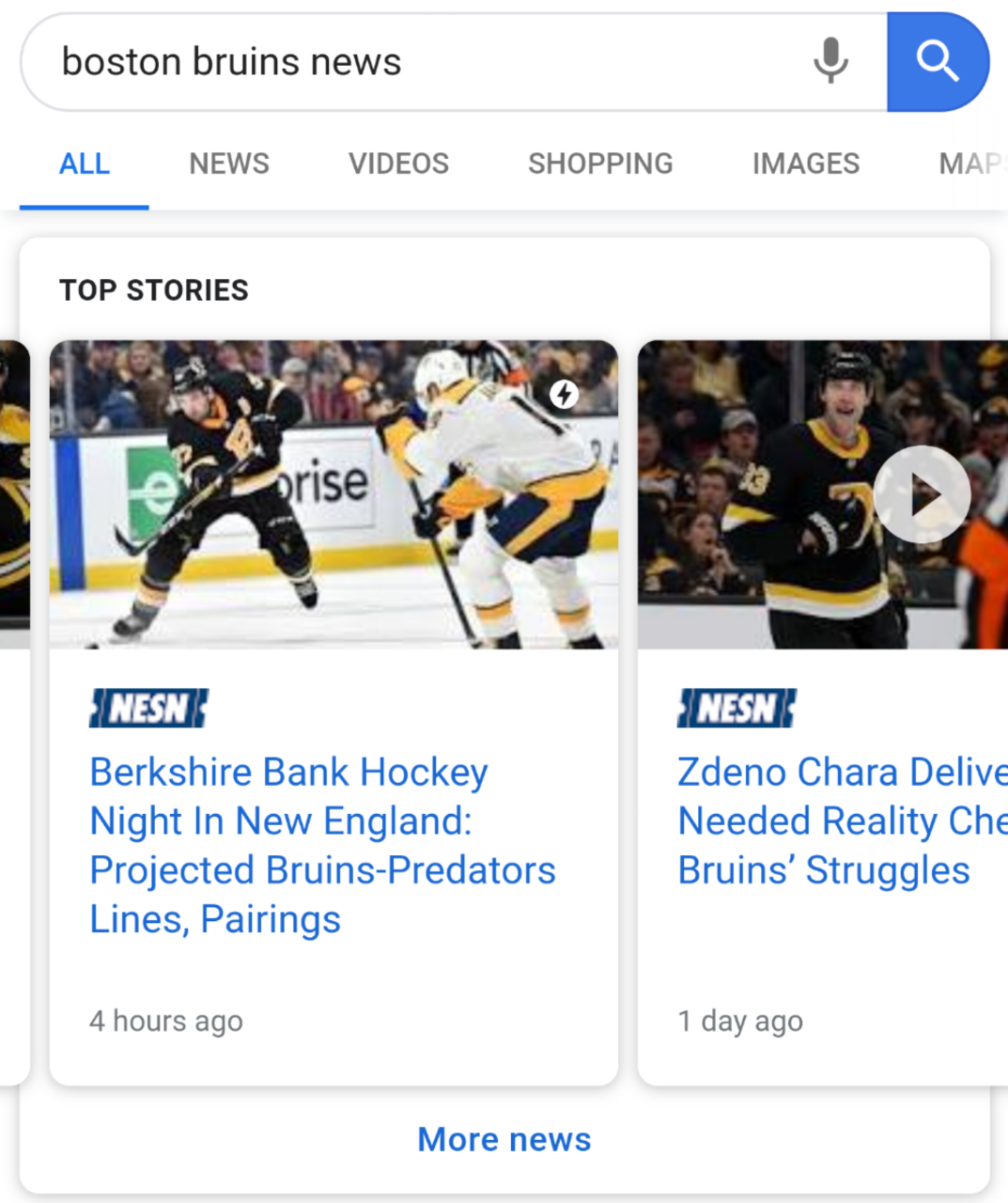
Here's an example of how Top Stories can be used to increase visibility for sponsors and advertisers by including them in headlines that are displayed in Top Stories blocks. Below is an example from March 2023: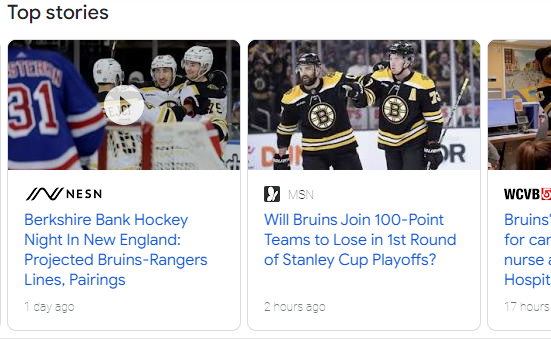
"For Context" is a form of enhancement that Google sometimes places in Top Stories tiles. These articles tend to be in-depth so-called explainer articles that became popular a few years ago. In order to snag a For Context link a site must first be included in the Top Stories carousel with a different article. Of course, an explainer article can end up in a Top Stories carousel all on its own, and in that case wouldn't be presented as a For Context link.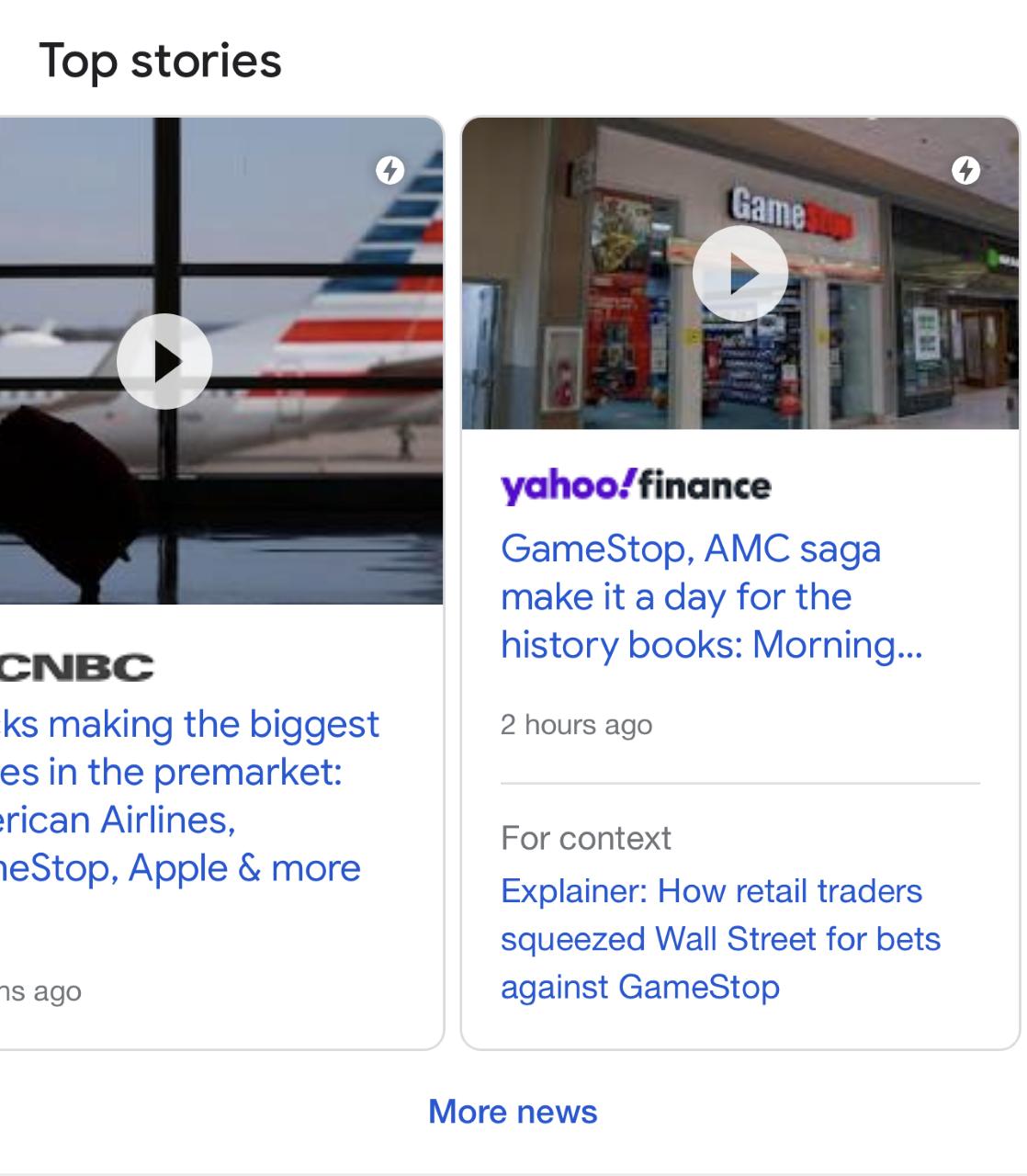
Google has tested different layouts and features in Top Stories boxes and carousels. The most recent major test I first spotted on October 19, 2021. It disappeared on the weekend of November 20 the same year. The test had a link to the SERP for the author of the article in the Top Stories tile, as seen below:
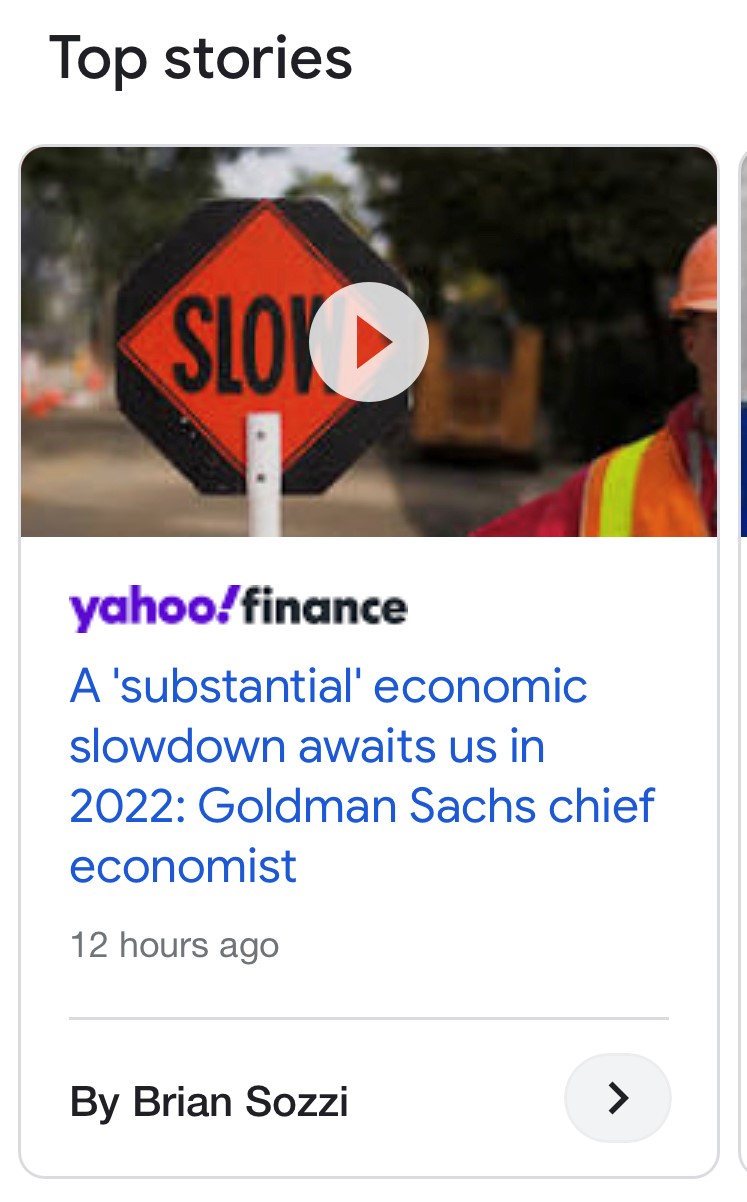
It is noteworthy since there is much speculation in SEO circles about how Google uses authors when putting together search results.
Google tested an interesting and colorful layout in early 2019. It existed in at least two versions. One where the second column had a tile that filled the netire column, as shown below, and one where the second column had one large and one small tile. I liked that layout, I wouldn't mind if it came back.